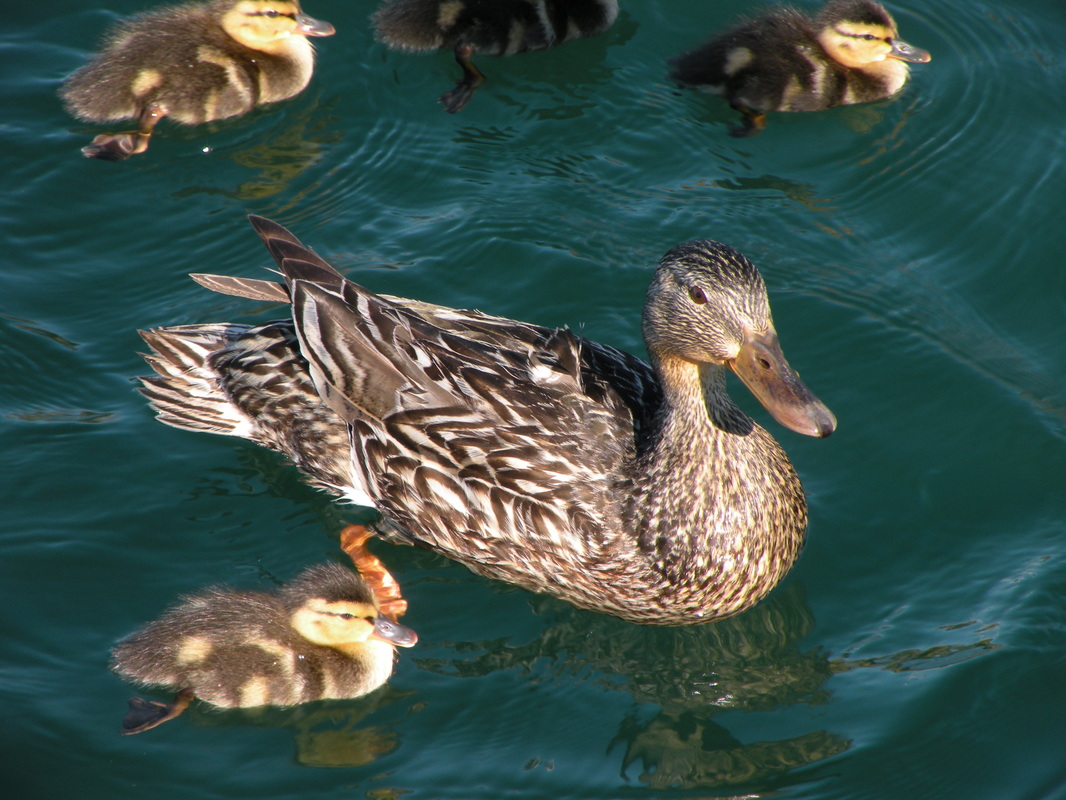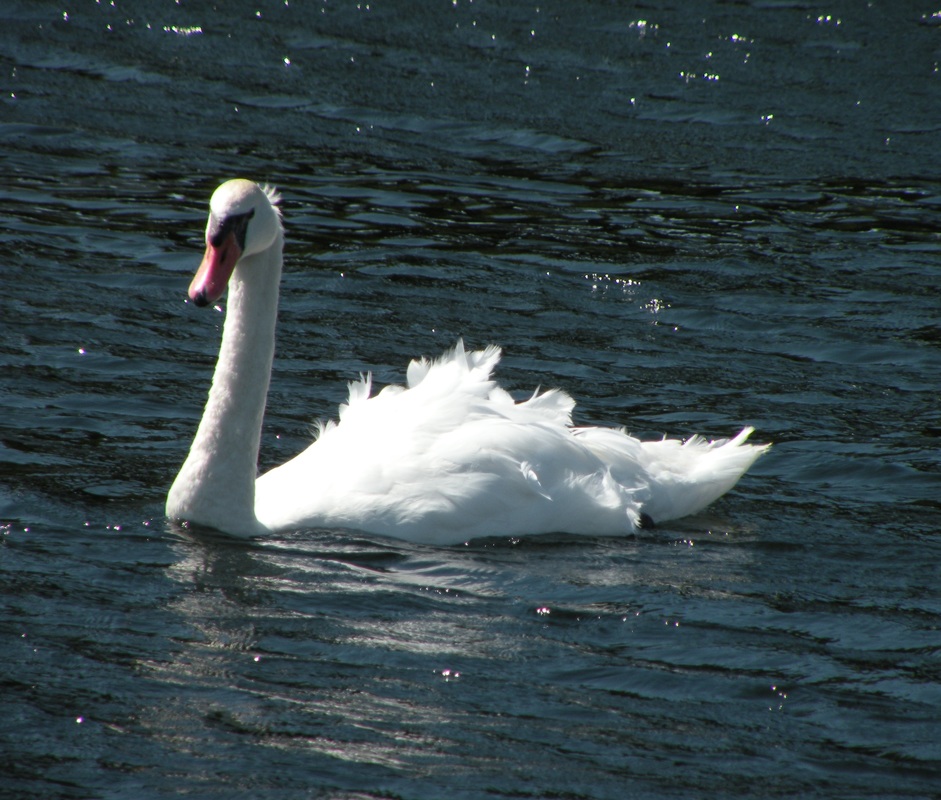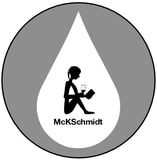use my smart phone to search a database of personal care products for microbeads before I place them in my shopping cart. Based on what I’ve learned, I want to make this a microbead-free planet as soon as possible! You will, too! Microbeads are tiny particles of plastic, so small it’s almost impossible to see them with the naked eye. They began appearing in personal care products like toothpastes, deodorants, face washes, shaving creams, cosmetics, sunscreens, and hair coloring in the 1990s, primarily to create a silky texture. They were also used as bulking agents, exfoliates, teeth polishers, and to prolong the shelf life of products. Most of the time, the microbeads are rinsed off our bodies and flushed down the drain. Because the majority of water treatment plants cannot filter them, eventually the beads end up in surface waters like the Great Lakes. While some beads contain phthalates and bisphenol-A (BPA), chemicals linked to health issues, the majority of beads contain polypropylene or polyethelyn. When the beads enter the waterways, they act as magnets, attracting other chemicals such as DDT (dichloro-diphenyl-trichloroethane), PAHs (polyaromatic hydrocarbons) and PCBs (polychlorinated biphenyls). The more chemicals the beads absorb, the bigger they become until eventually the beads are mistaken for food, ingested by fish and wildlife, and passed up the food chain to humans. According to a study released by the State University of New York at Fredonia in 2013, there are 17,000 of these little balls of toxic chemicals in roughly one square foot of Lake Michigan water! In late December, President Obama signed the Microbead-free Waters Act. The legislation phases out microbeads from personal care consumer products over the next several years, eventually banning the sale of rinse-off cosmetics that use microbeads to exfoliate or cleanse the skin and teeth. Products must be off retail shelves by 2019. So why make it a priority now? First, while there is little research available that directly links microbeads to health risks in humans, there is certainly enough potential risk based on the chemicals either in the plastic beads or absorbed by them. Risks include cancer, damage to the liver, kidney, and nervous and reproductive systems. Second, in this polarized political climate, if both Republicans and Democrats agreed to begin ridding our environment of these tiny particles of plastic, these microscopic beads must be really, really bad. Third, the 2015 legislation was designed to address rinse-off products like soaps, toothpaste, and shampoos—the majority of offending personal care products. According to the office of Congressman Fred Upton, a major supporter of the bill, the legislation does not address leave-on products—like sunscreen or hand lotion. And that’s a concern. The Plastic Soup Foundation website states that there are between ten trillion and one hundred trillion microbeads in a single container of sunscreen. Like many outdoor enthusiasts bearing the scars of skin cancer, I use copious amounts of suntan lotion. As a result, I emailed the manufacturer of my favorite brand to voice my concern. Within twenty-four hours, I had a response. Microbeads will be disappearing from all their products so as to “reflect not only the latest science and new regulations, but also consumer views and concerns.” As consumers, we have the power to make this a microbead-free planet! All we have to do is vote with our wallet. Initially I planned on carrying a magnifying glass to the store and eyeing labels in search of polypropylene or polyethelyn. But my goal—the minute I step into a store—is to get out as quickly as possible. The free app, "BeattheMicrobead,"—particularly once the database is expanded—allows me to be an informed and conscientious consumer in less than a minute.
Resources
5 Comments
Eric Stemle
4/14/2016 04:31:48 pm
I don't know how you continue to do it, Mary, but you teach me something every month! Microbeads? Who knew? I immediately downloaded the app on my phone, and I can't wait to get home and use it on all those products in my medicine cabinet and shower. I will also look for the zero on products from now on. I've grown accustomed to checking for USDA Organic labels--here's one more.
Reply
4/14/2016 05:06:10 pm
Ditto to Eric's comment. I just downloaded the app and now know what to look for. You are amazing, Mary, and I appreciate your passion, persistence and patience as you educate us and advocate for our precious natural resources, especially water! Thank you!
Reply
Mary Ellen Miller
4/15/2016 09:47:07 am
Ditto to both Eric's and Pamela's comments. Not only do you inform us, Mary, but you also give us a course of action. I appreciate being able to DO something. Thank you.
Reply
4/15/2016 07:07:39 pm
Oh, my! I had no idea. May I please share this post?
Reply
Karen
4/17/2016 08:48:26 am
Wow. All that awfulness in one square foot of Lake Michigan water. Blood...boiling...
Reply
Leave a Reply. |
From briefcase to pen, paper and camera, one woman's journey to influence
how we care for the environment, our seniors, each other. Available
from your local bookstore or online retailer 
The Ideal Gift Tiny Treasures, a collection of wildflower photographs and poetic prose, available by contacting me. The 2nd Edition of Tiny Treasures is designed for use on PCs, tablets, and phones and is available at online stores. To learn more, click on the Ibook/Ebook button below:
|





 RSS Feed
RSS Feed
